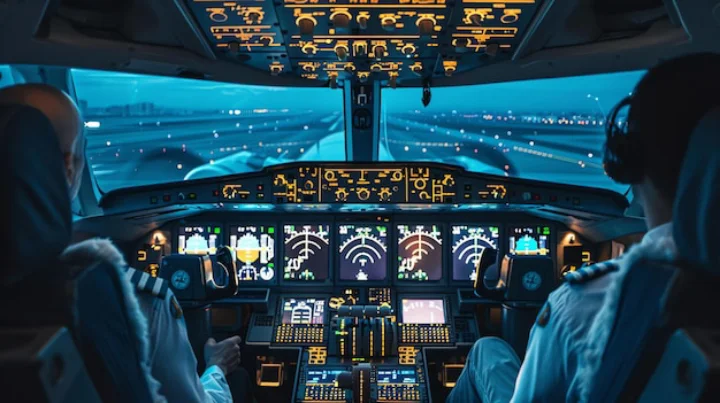ADVANCE FLYING ACADEMY
For Private Pilot License (PPL) training, understanding aircraft systems is essential for safe flight operations. The FAA’s Pilot’s Handbook of Aeronautical Knowledge (PHAK) and the Airplane Flying Handbook (AFH) cover these topics in detail. Below is a simplified breakdown relevant to PPL training.
Key Aircraft Systems for PPL
1. Powerplant System (Engine & Propeller)
- Piston Engine: Typically a four-stroke cycle (intake, compression, power, exhaust).
- Ignition System: Uses magnetos (independent of the electrical system) for spark plugs.
- Fuel System: Either gravity-fed (high-wing) or pump-fed (low-wing).
- Propeller: Fixed-pitch (RPM controlled by throttle) or constant-speed (blade angle adjusts for efficiency).
2. Electrical System
- Typically 14V or 28V DC powered by an alternator or generator.
- Battery: Used for starting and emergency backup.
- Bus Bars & Circuit Breakers: Distribute electrical power and protect circuits.
- Essential Electrical Components: Avionics (radios, GPS, transponder) Lights (landing, position, strobes) Flaps (if electrically actuated)
3. Flight Control System
- Primary Controls: Ailerons (roll), Elevator (pitch), Rudder (yaw).
- Secondary Controls: Flaps (increase lift and drag), Trim (reduces control forces).
- Control Linkage: Either cables/pulleys or pushrods.
4. Fuel System
- Fuel Tanks: Usually located in wings, vented for pressure balance.
- Fuel Types: Avgas 100LL (blue) – most common for PPL aircraft. Jet A (clear or straw-colored) – used in turbine aircraft (not for PPL aircraft).
- Fuel Contamination Risks: Water or debris can cause engine failure. Always sump fuel before flight.
5. Landing Gear System
- Tricycle Gear: One nose wheel, two main wheels (common for PPL aircraft).
- Fixed vs. Retractable: Fixed Gear – always extended, simpler operation. Retractable Gear – reduces drag but adds complexity.
- Brakes: Hydraulic disc brakes controlled by rudder pedals.
6. Environmental & Pressurization Systems
- Cabin Heat: Uses exhaust shroud to provide heat (risk of carbon monoxide leaks).
- Ventilation: Vents or fans supply fresh air.
- De-icing & Anti-icing (only in some aircraft): Pitot heat prevents blockage of airspeed indicator. Carb heat prevents ice buildup in the carburetor.
7. Fire Protection System
- Fire Extinguisher: CO2 or Halon-based for cockpit fires.
- Fire Precautions: Avoid excessive priming (can cause engine fire). Shut off fuel & electrical power in case of an emergency.
Why This Matters for PPL?
- Understanding engine operation helps troubleshoot issues like engine roughness or misfires.
- Knowledge of the fuel system prevents issues like fuel starvation.
- Awareness of electrical systems helps diagnose failures (e.g., alternator failure = loss of avionics).
- Proper use of flaps & trim improves takeoff, landing, and cruise performance.
Would you like a deeper dive into any of these systems?
CLICK 👉 download 300 aviation books just 1 MB
CLICK 👉 AIRBUS A320 COURSE
CLICK 👉 BOEING 737 PILOT COURSE
CLICK 👉 BOEING 747 PILOT COURSE
CLICK 👉 BOEING 757 PILOT COURSE
CLICK 👉 BOEING 767 PILOT COURSE
CLICK 👉 BOEING 777 PILOT COURSE
CLICK 👉 BOEING 787 PILOT COURSE
CLICK 👉 CESSNA 150 PILOT COURSE
CLICK 👉 CESSNA 152 COURSE
CLICK 👉 CESSNA 162 SKYCATCHER
CLICK 👉 CESSNA 172N SKYHAWK
CLICK 👉 CESSNA 172S COURSE
CLICK 👉 CESSNA 182T SKYLANE
CLICK 👉 ROBINSON R22 COURSE
CLICK 👉 ROBINSON R44 RAVEN II

